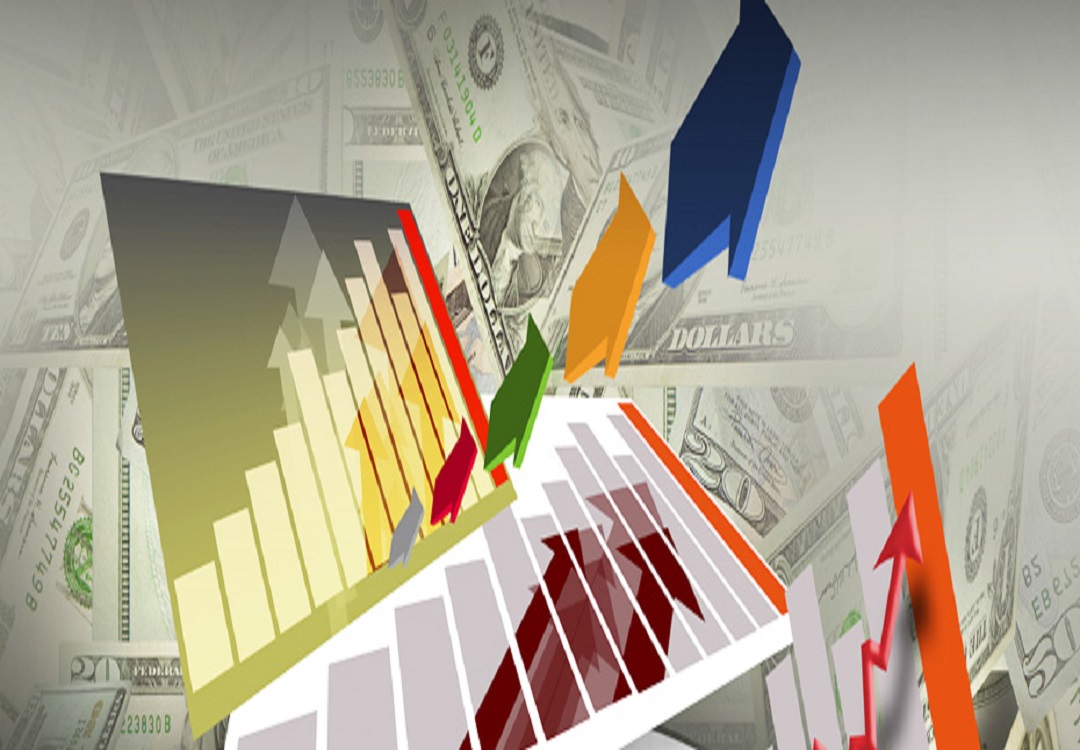Patent Citation Analysis

Not anything in the world came ‘de novo’, everything is evolved/embedded in the literature of the subject. The essential analysis for analyzing embedded things in the literature is ‘citation analysis’.
Citations are explicit related references to a published or unpublished source e.g., patent, scholar article. Patent citations are background references cited by the inventor / examiner at the time patent application. The cited material has a similarity to the idea being claimed.
Generally, patents can be cited by two parties 1) When a patent applicant cites a prior art in his patent application in the context of the invention, then it is called as applicant citations. 2. When the examiner grants a patent, he may also cite any key prior art during the examination, those are called examiner citations.
There are many reasons for citing previous work such as acknowledging previous works, directing readers the previously used methods, to criticize or correct previous work, providing background techniques.
Citations are broadly classified as cited & citing references
- Cited references points to the documents in the past. i.e., the background documents cited by the inventor, examiner etc. These are also called as backward citations.
- Citing references refers to previously published documents used by subsequent authors writing at a future time. These are also termed as forward citations.
Citation analysis: -
A patent study on citation references is called as citation analysis. Lately, it has become inevitable as the citation analysis is very significant to analyze the value of any patent. The number of citations a patent is having is directly linked to the market value of the company owning the patent and the value of the technology.
When a patent is very highly cited, then that patent is likely to contain an important technological advance in any domain and therefore this might be referred by various applicants who wish to build upon the same invention. Thus, patent citation analysis is used as a measure of technology influence & quality and in studying diffusion of technology information.
Tools: -
Single-stage citation analysis are insufficient for revealing specific paths of technological development. To analyze the actual developments of a certain technological field, in-depth citation analysis should be done.
The analysis reveals all the facts and figures related to some of the following examples.
- Forward citations
- Family size and other country filings
- Classification
- Priority date and age
- Technoloy evolution
- Citations of citations
Here, the analysis on Forward citations for the patent references results in several findings that would help industry-wide R&D investment in a technology area. The priority date and age calculation gives an idea to a client about the risks and benefits of purchasing patents that has significant value. Various searches and related analysis could be done to fetch relevant findings to support that the forward citations are perhaps the most studied and the most "accepted" measure of a patent's value or significance.
Why Einfolge:
We offer cost-effective and quality citation analysis report to our clients by providing them various facts and findings that got materialized from extremely output driven strategies. The report also delivers superlative information related to the wealth of patent citation information which assist the clients in monetizing, litigating, and licensing patents to gain their competitive edge in the industrial arena.
Our customized citation analysis report also assist clients in making informed strategic decisions on R&D.
Related Articles:
Why you need a professional Patent Search ?